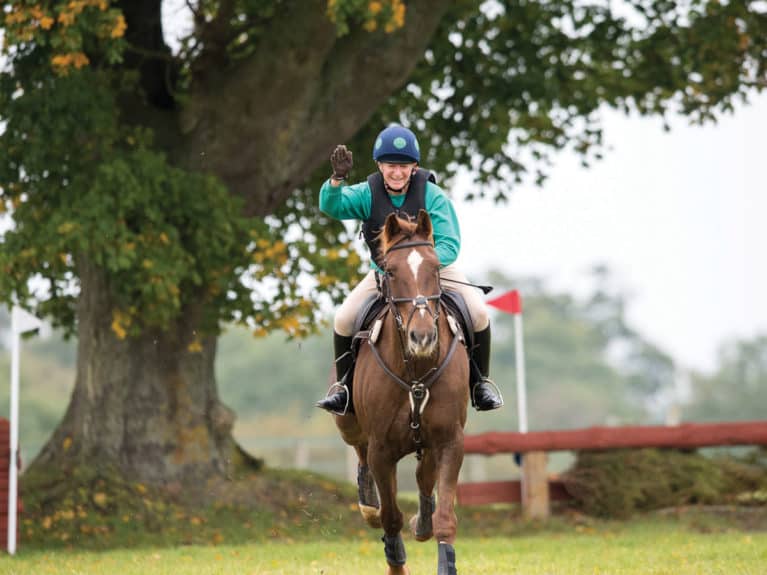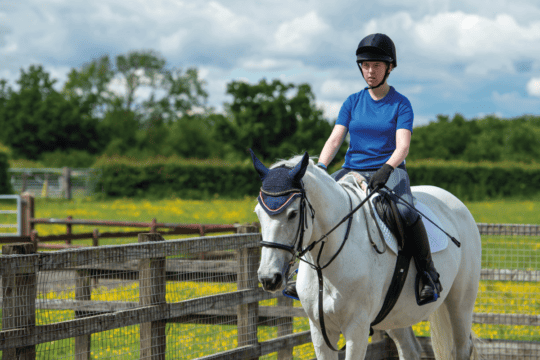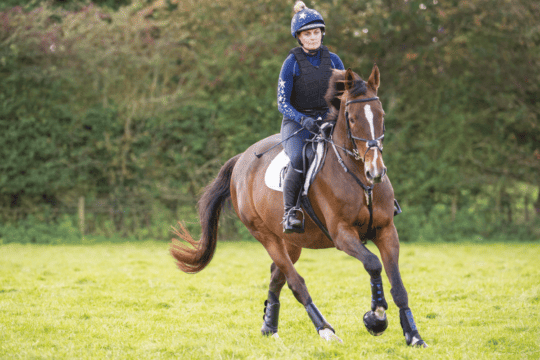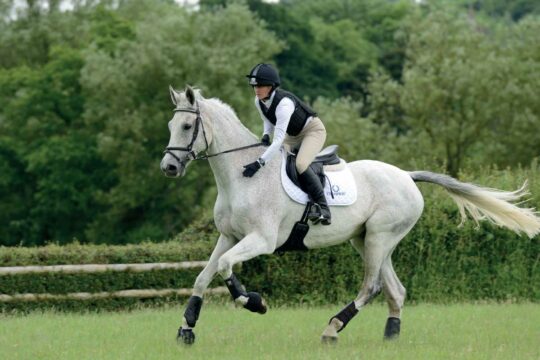
Setting horsey goals to achieve is fun and motivating, but sometimes outlining something you’re keen to accomplish can bring a pressure element with it. Rather than feeling overwhelmed, though, try breaking down your ambition into its individual parts and you’ll find it much more achievable.
1. Pick your goal
No doubt you’ve got boundless enthusiasm for your potential goal, and because of this it can be tempting to reach for the stars. But, before you do, it’s important to have a little talk with yourself and decide whether the goal you have in mind is realistically do-able in your time frame. Think about your…
- budget Make sure your goal isn’t going to break the bank. For example, if you’re keen to start competing and aim to affiliate, forking out for regular training, registration and membership with the relevant governing body plus entry fees won’t come cheap. In this case, you could cut costs by competing on day tickets, particularly if you’re only planning to enter a couple of affiliated competitions
- your personal schedule Sometimes, our enthusiasm allows us to lie to ourselves about how much (or how little) free time we have. Be honest with yourself and work out how much time each week you can feasibly devote to working on a goal – this will help you form the right one for you
2. Make a plan
To make an effective plan, split your goal into its individual, constituent parts, or easier and more manageable mini-goals. These mini-goals will form a plan for you to follow, designed to give you the tools, skills and confidence to go and do what you set out to achieve. For example, if your ultimate target is to compete at a stay-away showjumping show, your mini-goals might be jumping at or above your chosen height confidently and successfully in training, having a practice-run by stabling your horse overnight at a friend’s yard, and ensuring you’re all set for the big day. Each mini-goal may also require you to complete a few steps before you reach it, helping you break down your ultimate goal into even more manageable chunks.
3. Time-frame
Once you’ve chosen your all-important mini-goals, and the steps required to achieve them, you’ll need to devise a suitable time-frame in which to make them happen – and, ultimately, your overall aim, too. This will help you manage and track the progress you make, which will inform any changes to your plan that you may need to consider to help you get to your destination. Try to be liberal with the time you allot yourself – there’s no point in adding unnecessary pressure with a tight deadline. Planning all the finer details – your mini-goals and the steps required to achieve them – will help you visualise a feasible timeline.
Over to you
With a suitable goal, a plan and an achievable time-frame up your sleeve, you’ll give you and your horse every chance of success. We’ve put together a super goal setting-chart for you to print out, fill in and keep. All that’s left to do is get brainstorming!















